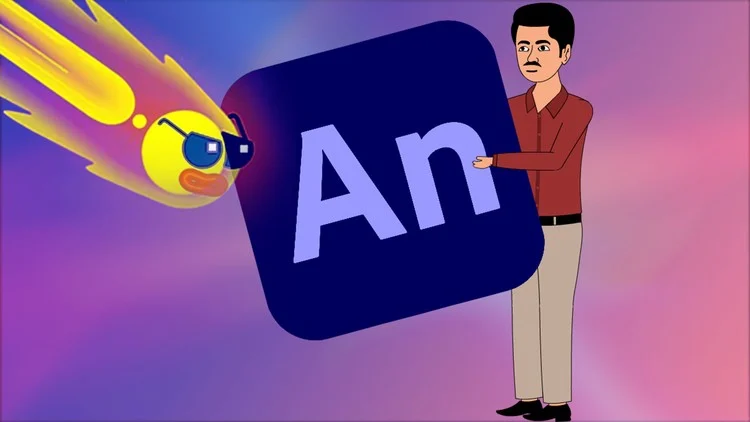The Evolution of Animation in Cartoons is a fascinating journey. Over the years, cartoons have transformed from simple, hand-drawn sketches to highly advanced digital creations. This change has affected not only how cartoons are made but also how they are experienced by audiences. Let’s dive into the evolution of animation in cartoons and explore how technology and creativity have shaped the animation world.
1. The Early Beginnings: Hand-Drawn Animation
In the early days of animation, The Evolution of Animation in Cartoons began with hand-drawn sketches. These cartoons were made by drawing each frame by hand, creating the illusion of movement when shown quickly in sequence. Early examples like Steamboat Willie (1928), featuring Mickey Mouse, marked the beginning of modern animation. The process was slow and labor-intensive, but it paved the way for the growth of animation.
During this time, animation studios like Disney became pioneers in creating full-length animated films. The creation of films like Snow White and the Seven Dwarfs (1937) showcased the potential of hand-drawn animation, offering rich, colorful visuals and emotional storytelling that delighted audiences of all ages. These early films also introduced new techniques, such as multi-plane cameras, to add depth and layers to the animation.

2. The Shift to Digital Animation
As technology advanced, The Evolution of Animation in Cartoons took a big leap with the shift to digital animation. Instead of hand-drawing each frame, animators began using computers to create and modify images. This made the process faster, more efficient, and opened up new creative possibilities. Computer-generated imagery (CGI) was first used in television cartoons, and it quickly became a dominant force in the animation world.
One of the biggest milestones in digital animation was Toy Story (1995), the first feature-length film made entirely with CGI. The success of Toy Story proved that digital animation could be just as charming and expressive as traditional hand-drawn techniques. This led to a boom in 3D animated films, with studios like Pixar and DreamWorks leading the charge.
3. Blending Traditional and Digital Animation
The Evolution of Animation in Cartoons didn’t stop with digital animation. Soon, animators found ways to combine traditional hand-drawn techniques with digital tools. This blending of styles brought a unique look to cartoons, keeping the charm of hand-drawn animation while introducing the fluidity and flexibility of digital methods.
For example, The Lion King (1994) mixed 2D animation with CGI to create stunning backgrounds and lifelike animals. This combination allowed animators to enhance the visual appeal of the film, making it more immersive for the audience. Similarly, in television shows like Avatar: The Last Airbender, traditional animation was used alongside digital effects to create breathtaking scenes and detailed environments.
4. The Rise of 3D Animation in Cartoons
Another major development in The Evolution of Animation in Cartoons was the rise of 3D animation. This took the visual style of animation to new heights, allowing for greater depth, detail, and realism. 3D animation became especially popular in movies, where it allowed for realistic characters and dynamic action sequences.
Cartoons like Shrek (2001) and Monsters, Inc. (2001) helped bring 3D animation into the mainstream, making it a key tool in animated films. These movies showed that 3D animation could be used to tell emotional and entertaining stories, not just flashy action scenes. This also influenced TV shows, such as The Penguins of Madagascar, which used 3D animation to create funny and fast-paced adventures.
5. The Impact of Animation Software
In the modern age, The Evolution of Animation in Cartoons has been heavily influenced by animation software. With programs like Toon Boom, Adobe Animate, and Blender, animators now have powerful tools that allow them to create animations more quickly and with greater precision. These software programs have also made it easier for independent creators to produce their own animated shows and films.
For example, web series like Bee and PuppyCat (2013) show how animation software has made it possible for smaller studios and creators to bring their ideas to life. The rise of these tools has democratized animation, allowing a wider range of voices to be heard in the industry.
6. The Influence of Streaming Services on Animation
The Evolution of Animation in Cartoons has also been shaped by the rise of streaming platforms. Shows like BoJack Horseman and Big Mouth, which were produced for Netflix, have popularized adult-oriented animated series, expanding the possibilities of what cartoons can be. These platforms have given animators more freedom to experiment with different styles, themes, and storytelling techniques.
Streaming services have also allowed for more diverse animation from around the world. For example, Castlevania (2017), based on a video game, introduced viewers to anime-inspired animation with a darker, more mature tone. This type of animation wouldn’t have been possible without the support of streaming platforms that were open to exploring new types of animation and content.
7. The Future of Animation
Looking forward, The Evolution of Animation in Cartoons is far from over. With advancements in virtual reality (VR), augmented reality (AR), and artificial intelligence (AI), we are entering a new era of animation. These technologies have the potential to create fully immersive animated experiences, where viewers can interact with the characters and the world around them.
VR cartoons, for instance, allow viewers to feel as though they are part of the animated world, providing an entirely new level of engagement. As animation continues to evolve, it will be exciting to see how these new technologies influence storytelling and animation techniques.
Conclusion
In conclusion, The Evolution of Animation in Cartoons has been a long and exciting journey. From hand-drawn sketches to advanced CGI and 3D animation, cartoons have undergone many changes that have enriched their storytelling and visual appeal. Today, animation continues to evolve with new technology, software, and platforms, pushing the boundaries of what is possible. The future of animation is bright, and it’s thrilling to imagine where it will go next.











